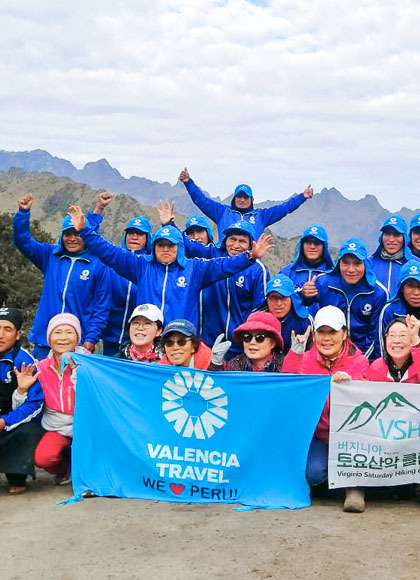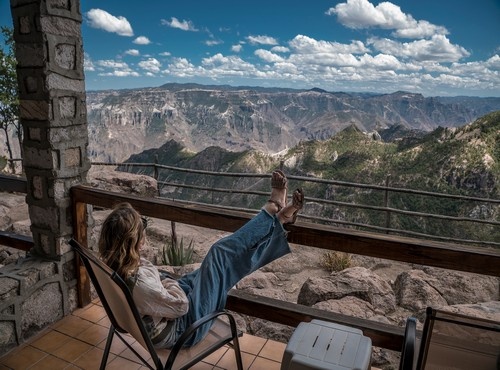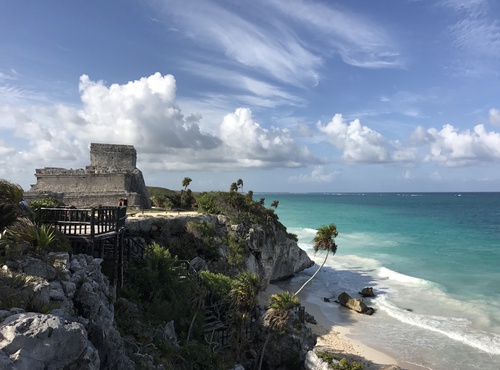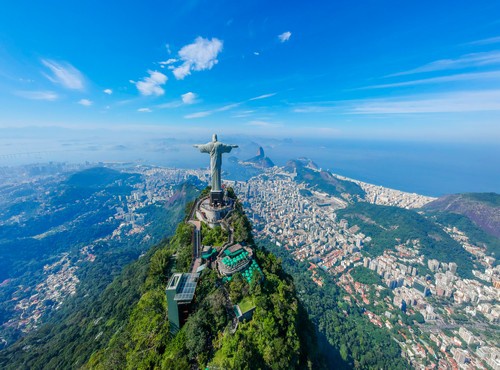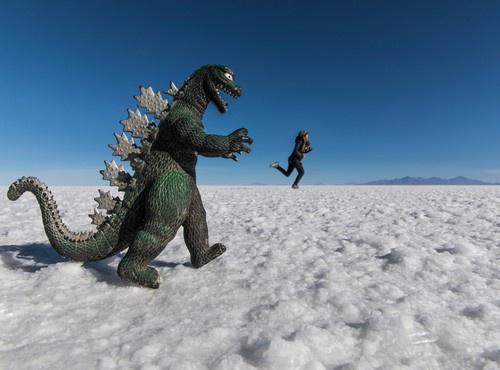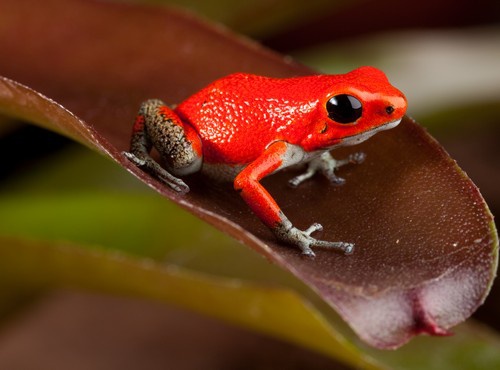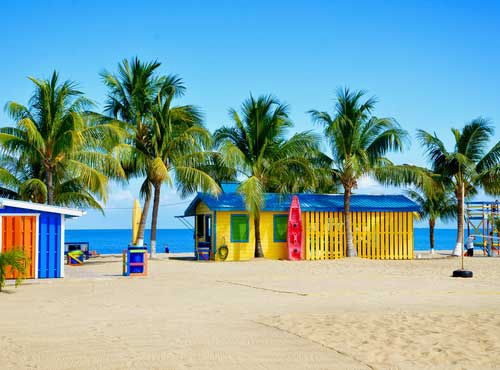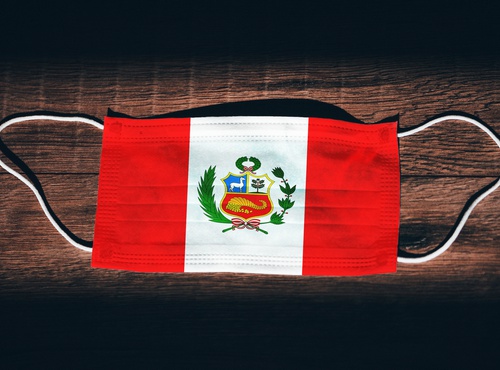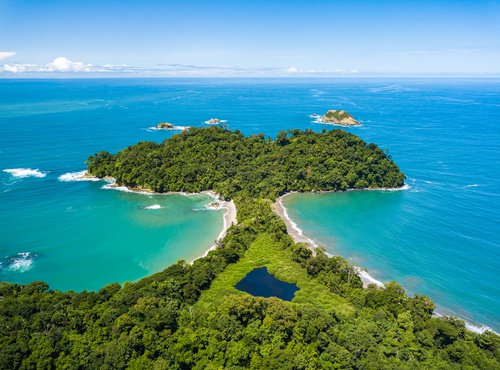
Written by:undefined undefined
Published: 09-08-2023
Geo-tourism in Costa Rica refers to the practice of sustainable tourism that focuses on highlighting the geological and geomorphological features of the country while promoting conservation and responsible travel. Costa Rica is a geologically diverse and active region, with numerous volcanoes, hot springs, beaches, caves, and other natural formations that attract visitors interested in experiencing its unique geological heritage. Read on for more information about a geological trip to Costa Rica and the conservation of these unique natural habitats and geomorphic regions of Costa Rica.
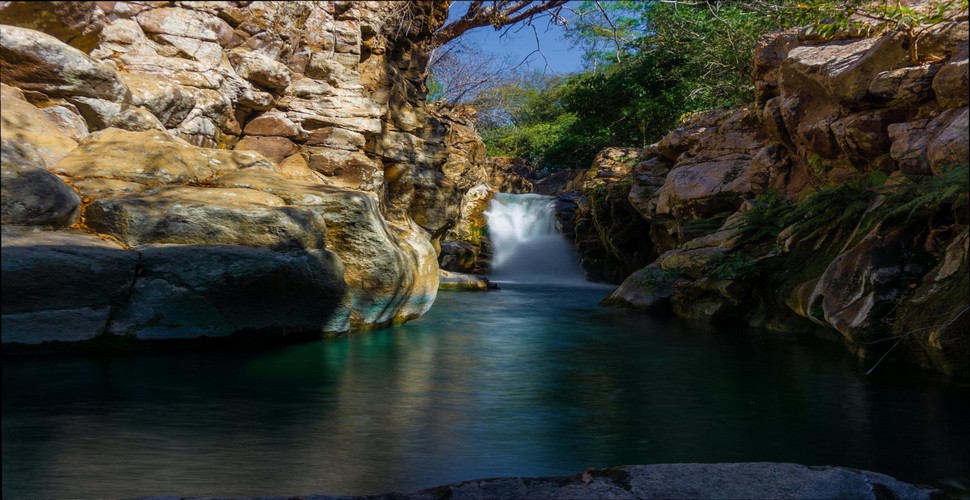
Costa Rica Caves
Volcanoes
Costa Rica is known for its active volcanoes, including Arenal, Poás, Irazú, and Turrialba. Visitors can explore these volcanic areas, often hiking to the craters, observing fumaroles, and enjoying breathtaking views of the surrounding landscapes. One of the most famous volcanoes in Costa Rica, Arenal was actively erupting until 2010. It is located near La Fortuna and was a popular hotspot for visitors due to its frequent eruptions. The Arenal area is also known for its hot springs and stunning natural beauty.
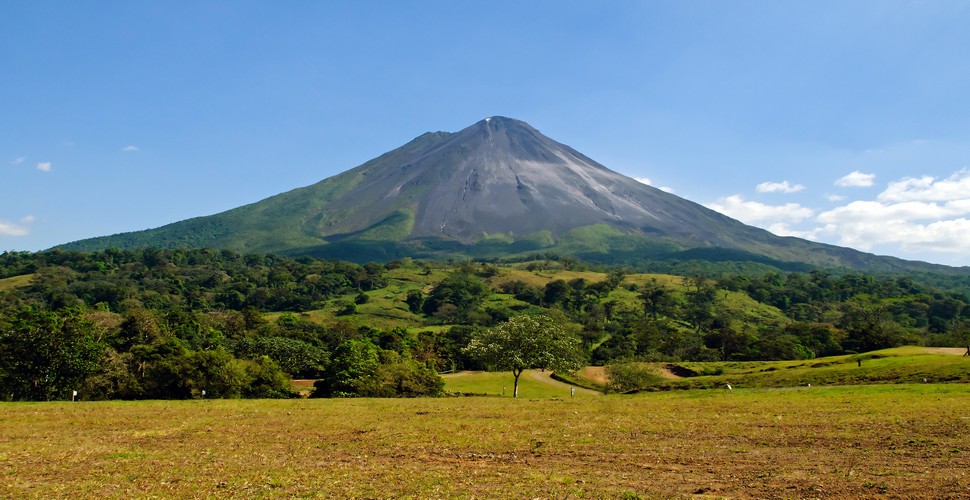
Arenal Volcano
The Poás Volcano
The Poás Volcano is one of the most accessible volcanoes in Costa Rica, located within Poás Volcano National Park. It has one of the largest active craters in the world, and visitors can observe volcanic activity from a safe viewing platform.
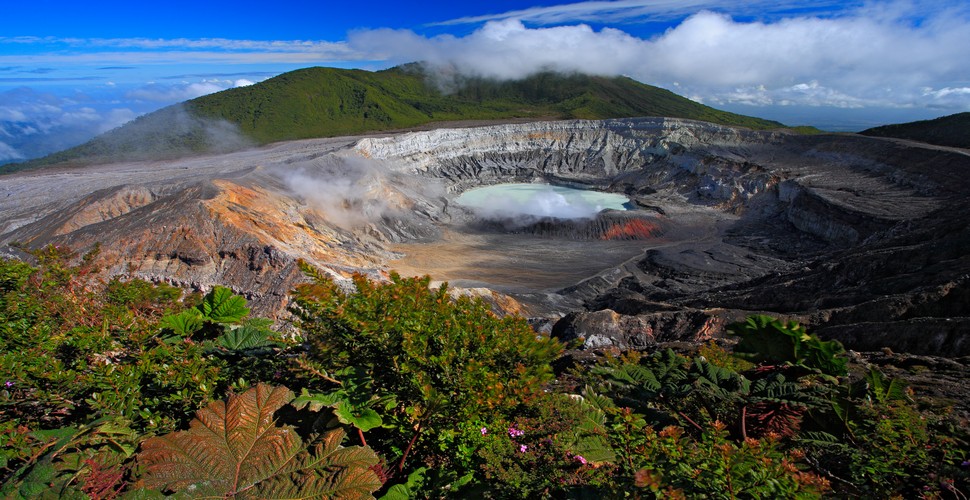
Poas Volcano
Turrialba Volcano
Turrialba has been active in recent years, with periodic eruptions releasing ash and gases. The surrounding Turrialba Volcano National Park offers hiking opportunities, though access to the summit might be restricted during periods of heightened activity.
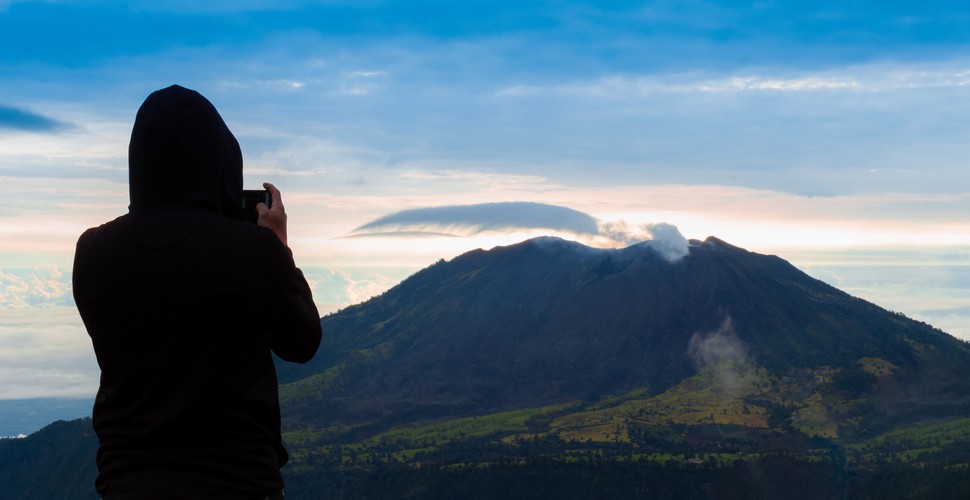
Turrialba Volcano
Located in Guanacaste, the Rincón de la Vieja Volcano is part of Rincón de la Vieja National Park. It features a complex volcanic system with fumaroles, hot springs, and boiling mud pots.
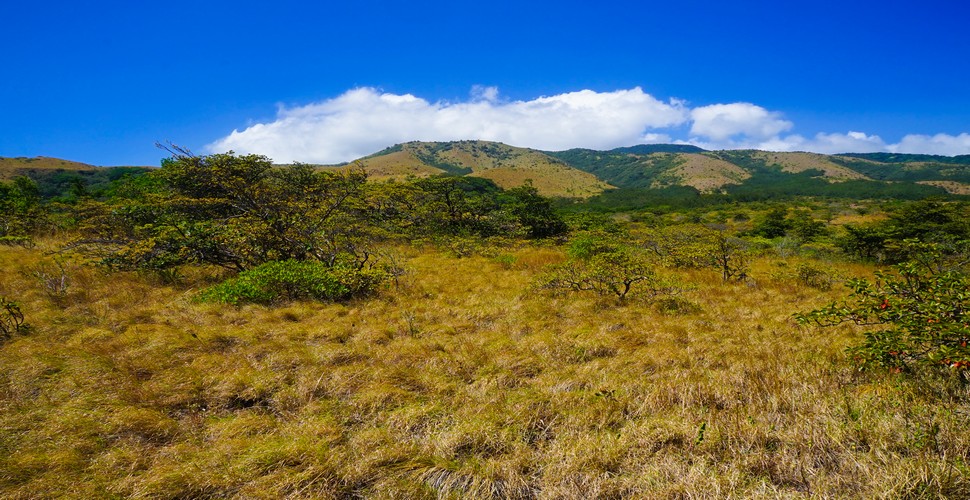
Rincon de la Vieja
The Tenorio Volcano is home to the famous Rio Celeste, a river known for its striking turquoise color caused by volcanic minerals. Visitors can hike to the river and admire the vibrant natural phenomenon.

Tenorio Volcano National Park
Hot Springs
The country's geothermal activity has led to the formation of natural hot springs, particularly around Arenal Volcano. Many resorts and spas offer relaxing hot spring experiences amidst lush tropical settings. Tabacón Hot Springs: Located near the Arenal Volcano, Tabacón is one of the most famous and luxurious hot springs resorts in Costa Rica. It features a series of natural thermal pools, waterfalls, and lush tropical gardens, providing a soothing escape for visitors.

Tabacón Hot Springs
The Springs Resort & Spa, situated adjacent to Arenal Volcano, offers a range of hot springs pools, including some with incredible volcano views. The resort also features a wildlife sanctuary and stunning botanical gardens. Ecotermales La Fortuna is a boutique hot springs experience that provides a more intimate setting near Arenal Volcano. It features several pools with varying temperatures and beautiful natural surroundings. Located in Guanacaste, Río Perdido offers a unique hot springs experience intertwined with adventure activities like zip-lining and hiking. The thermal river and pools provide a serene environment to unwind.
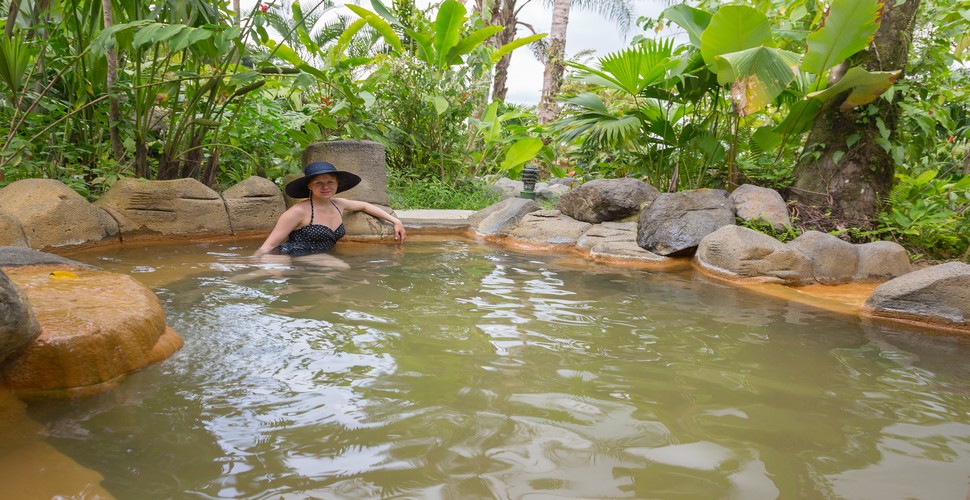
Río Perdido
Caves and Caverns
Costa Rica has a variety of caves and caverns that are of interest to geo-tourists. Barra Honda National Park is famous for its limestone caverns and unique stalactite formations. Venado Caves (Cavernas del Venado): Situated near Arenal Volcano, these caves are famous for their stunning mineral formations, including stalactites, stalagmites, and helictites. Visitors can explore the underground passages and witness the natural artwork created over thousands of years.
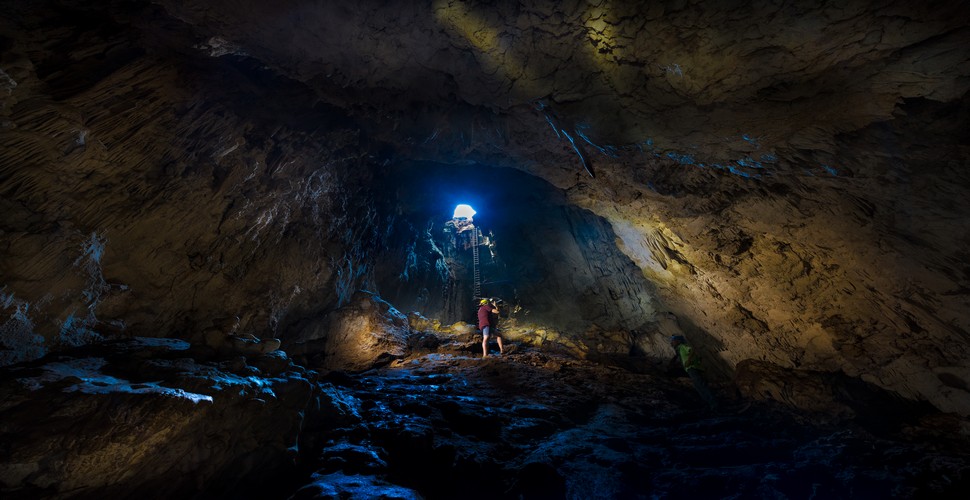
Barra Honda
The Caves of Cabuya (Cavernas de Cabuya) are found on the Nicoya Peninsula, these limestone caves are renowned for their ancient petroglyphs and natural formations. The caves of Curubandé (Cavernas de Curubandé) situated near Liberia, are known for their ancient artifacts and impressive geological features. Guided tours provide visitors with the opportunity to learn about the history and significance of the caves.

Curubandé
Beaches and Coastal Geology
Costa Rica's extensive coastline provides opportunities to explore coastal geology, including unique rock formations, tidal pools, and erosional features. Manuel Antonio National Park, for example, offers both beach and rainforest experiences.
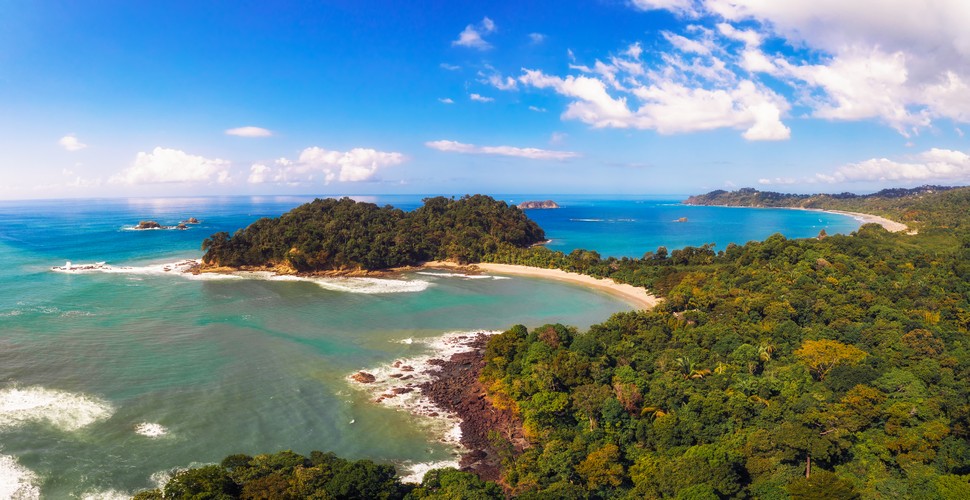
Manuel Antonio National Park
Geological Tours and Interpretation
Va Expeditions offer guided geo-tourism experiences, providing insight into the geological history, processes, and features of the different Costa Rican regions. Our expert local guides will take you to the best geological locations on specialized tours of Costa Rica.
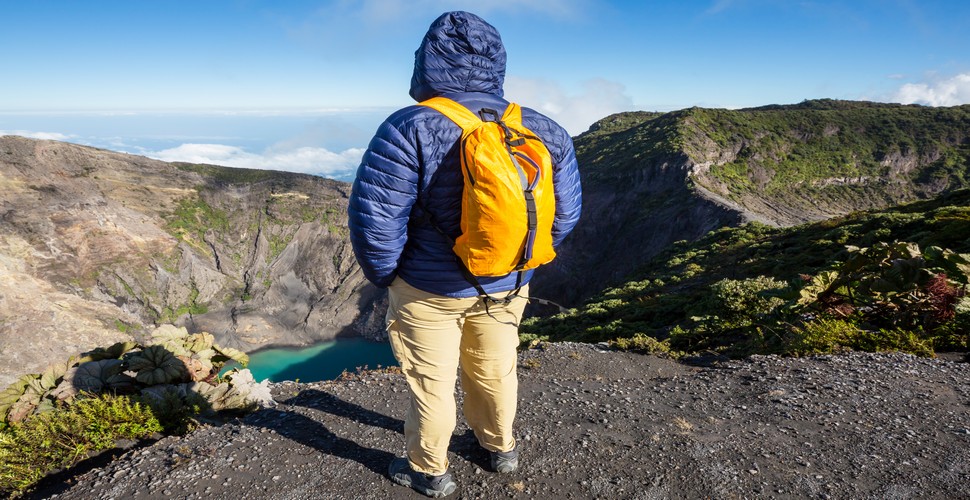
Guided tour of Poas Volcano
National Parks and Protected Areas
Many of Costa Rica's national parks and protected areas showcase its geological diversity alongside its rich biodiversity. These areas often provide hiking trails and guided tours that highlight the geological significance of the landscape.
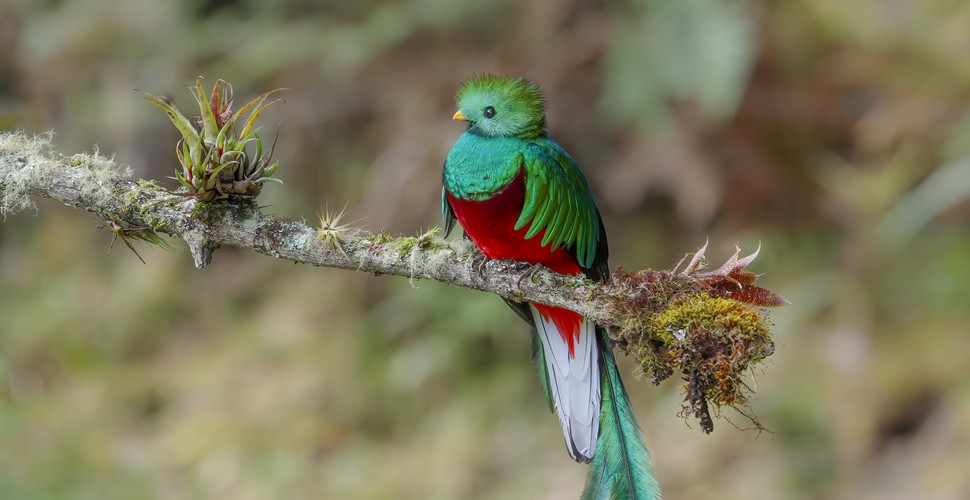
Quetzal in Monteverde
It's important to note that geo-tourism in Costa Rica, as in any location, should be practiced responsibly to minimize environmental impact and preserve natural beauty for future generations. When engaging in geo-tourism activities, consider using local guides, following designated trails, and adhering to any regulations in place to protect the environment. Before planning your geo-tourism adventure in Costa Rica, find out more here about how to explore Costa Rica to the full!







